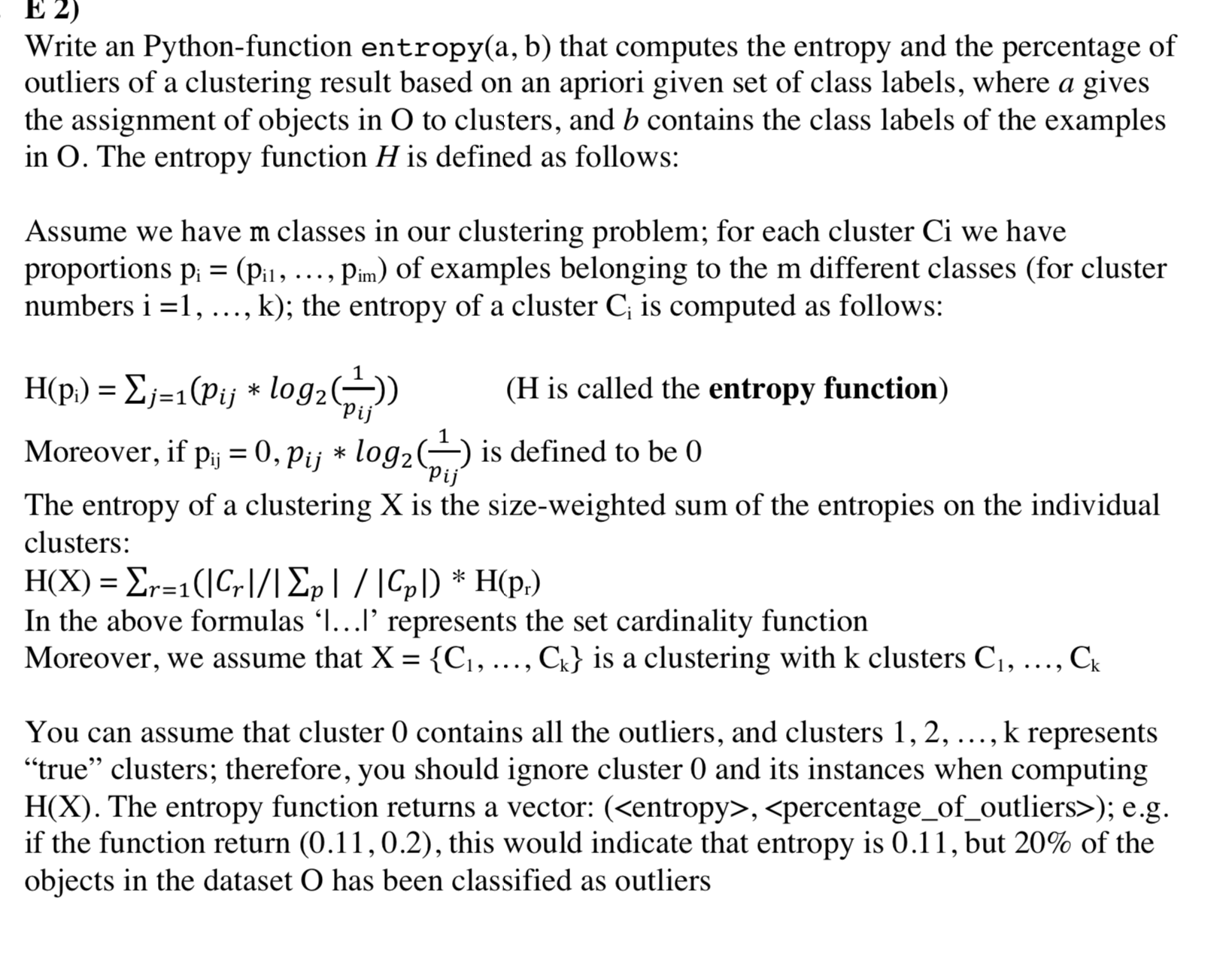Answered step by step
Verified Expert Solution
Question
1 Approved Answer
Here is the link to the data set I am using: https://files.catbox.moe/8rj2hu.csv Just copy and paste the link into your browser and it will download
Here is the link to the data set I am using: https://files.catbox.moe/8rj2hu.csv
Just copy and paste the link into your browser and it will download the csv dataset file.
The second image is just to test the function works.
Thank you so much


Step by Step Solution
There are 3 Steps involved in it
Step: 1

Get Instant Access to Expert-Tailored Solutions
See step-by-step solutions with expert insights and AI powered tools for academic success
Step: 2

Step: 3

Ace Your Homework with AI
Get the answers you need in no time with our AI-driven, step-by-step assistance
Get Started


